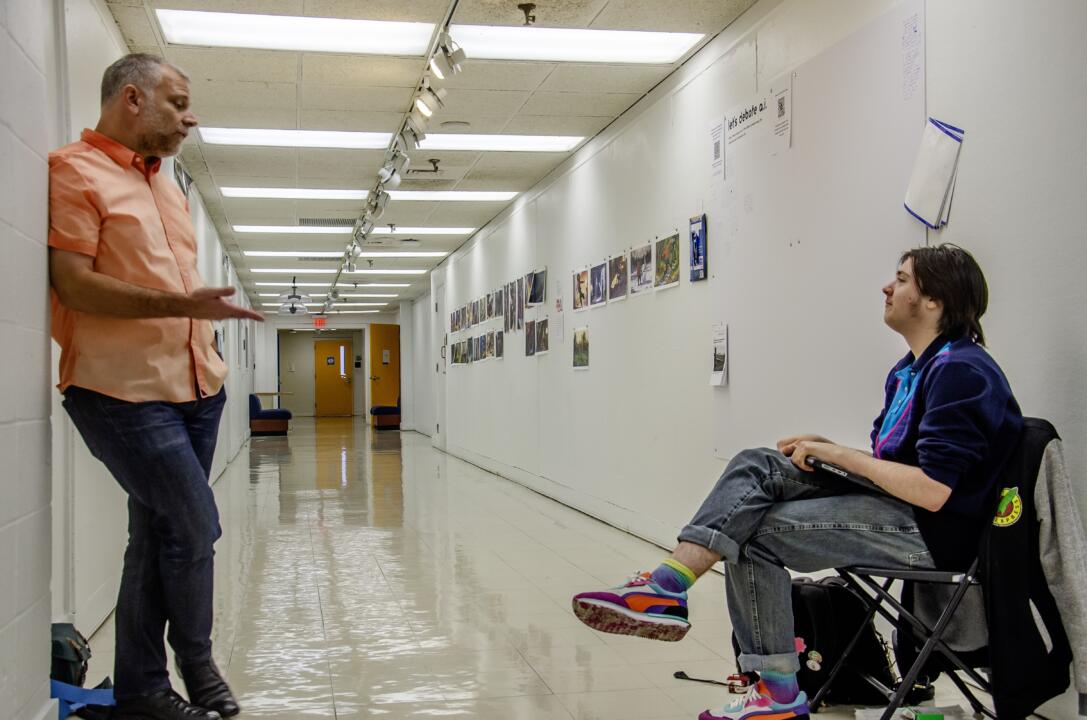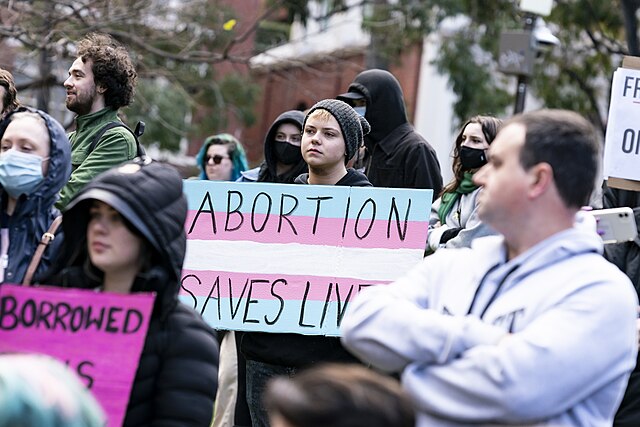Day-to-day life for women living in Iran is underscored by fear of an omnipotent oppressor. It is no secret that Iran’s laws are disproportionately cruel towards women, who, as a result, find it difficult to escape the watchful eye of the state. Any slight infraction, even the most arbitrary, can cost Iranian women their livelihoods.
Mahsa Amini found herself in this petrifying position last September while visiting Tehran, the Iranian capital.
On September 13, 2022, Mahsa Amini was arrested by Iran’s morality police for wearing a loose hijab. Amini was taken to a detention center, where security forces claim she suffered from a heart attack. After three days of treatment at Kasra Hospital, Amini suddenly passed away.
Though security forces insist that she died from heart complications, witnesses have reported having seen police brutally beat Amini en route to the detention center. The vague and suspicious narrative offered by the state has convinced many Iranians that law enforcement is responsible for Amini’s death.
A funeral was held in Amini’s home providence of Kurdistan spawning protests that followed the memorial. Since then, nonviolent demonstrations have erupted across 80 Iranian cities calling the regime’s legitimacy into question.
The Iranian state, in response, has carried out unjust arrests, actively worked towards suppression of the press and dissenting speech and has shown excessive use of force against peaceful demonstrators.
Despite the global circulation of Mahsa Amini’s death, and an immediate spike in demonstration, this is not the first time Iran has experienced and seen civil unrest. Mass protest in response to government tyranny is a common occurrence in Iran. It is important to ask now, why this information has spread in such a way? And further, what will it mean?
On October 14, 2022, The University of Maryland, Baltimore County’s School of Public Policy hosted a panel discussion to present the opportunity to Iranian students and experts a platform to communicate the magnitude of the recent protests in Iran. The panel featured UMBC History professor Dr. Noor Zaidi, journalist and political analyst Negar Mortazavi and students from the Iranian Graduate Student Association.
During the discussion, Zaidi maintained that the protests, although incited by oppressive Hijab laws, embody a collective social pushback against tyranny, authoritarianism, corruption and state-sponsored violence in Iran. These protests have manifested themselves as an expression of the collective grievances Iranians share toward the standing regime.
But Zaidi also accentuated the overlying feminist context of the protests. Iranian women directly identify with the existential dread that accompanies living under a strict patriarchal regime. Many Iranian men see their sisters, wives and mothers reflected in Mahsa Amini.
Zaidi explains that the mandatory veiling of women has come to symbolize segregation and oppression for Iranians. Women’s dress has historically reflected an ideal vision of the Iranian state, and women who have projected an image contrary to the status quo have been aggressively persecuted.
At the core of Iran’s current political moment is a rejection of the patriarchy, expanding freedom of expression and promoting bodily autonomy.
Negar Mortazavi’s discussion centered further on critiques of Hijab laws. A prevailing issue with Hijab laws is that they are enforced unilaterally, regardless of faith. Religious freedom is exempt from consideration in the enforcement of mandatory Hijab laws, which indicates that they are utilized primarily as a means to police and control women.
Sophomore Dawit Teshome, a member of UMBC’s Persian Student Association, asserted that Hijab laws include “a lot of outliers,” that complicate their enforcement.
“What about the women who don’t follow Islamic law?” Teshome asked. She continued,“We are marginalizing these women into this super tight box… we are starting to infringe on human rights.”
The enforcement of Hijab laws is subjective and arbitrary in Iran. To expand on Teshome’s point, multiple styles of Hijab wear have emerged amongst Iran’s various distinct ethnic groups. Amini traditionally wore her Hijab a bit looser, as is common for Kurdish Iranians.
Unsurprisingly, especially in the state’s capital of Tehran these ethnic distinctions are not taken into account by the morality police. Iranian security forces have been enabled by a theocratic autocracy that allows them to administer laws at their own discretion without accountability. Even though Amini had complied with Hijab laws to the best of her ability, she was ultimately unable to escape the systemic violence.
The Mahsa Amini protests have been key in bringing this inconsistency within the imposition of laws into the public eye. The Iranian Graduate Student Association offered insight at the panel into how these recent protests have influenced the broader civil society.
One presenter, an international student who would like to remain anonymous, believed that the Mahsa Amini protests are particularly significant because, unlike previous movements, there is both national and international solidarity.
They explained, “The [protests] are not just in one city” they are in every providence.” It is evidence that Iranians “are feeling really threatened right now.” The anonymous international student described how the Iranian demonstrators utter just one code: “woman, life, freedom.”
Unity within Iran and abroad has drastically amplified the voices of Iranian revolutionaries. The momentum generated by this growth of awareness has made the Mahsa Amini protests distinctly successful and pertinent.
Sweeping support of the movement has prompted an aggressive reaction from the state apparatus that is proportionate to the scale of civil unrest. “In previous protests, they only just cut off the internet in Tehran,” said the international student, “but right now, every place in Iran is affected.”
As an international student, they have also been able to appreciate the overwhelming international support for the Iranian people throughout this period.
“Every week they are protesting in different cities around the world,” said the international student. People everywhere are emboldened by the struggle for equal rights.
Mahsa Amini’s death has triggered a wave of advocacy and action, unrivaled by prior movements. The protests may signify something different for every Iranian, but what is undoubtable is that in this moment, all Iranians are united.
“Solidarity with Iranian Protests” Photo courtesy of Wikimedia Commons.
Nate Sharma is a junior Political Science major working as a contributing reporter in News. Contact Nate at nsharma2@umbc.edu.


